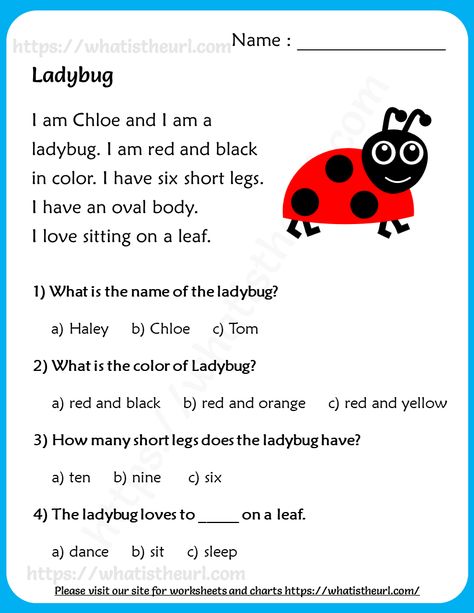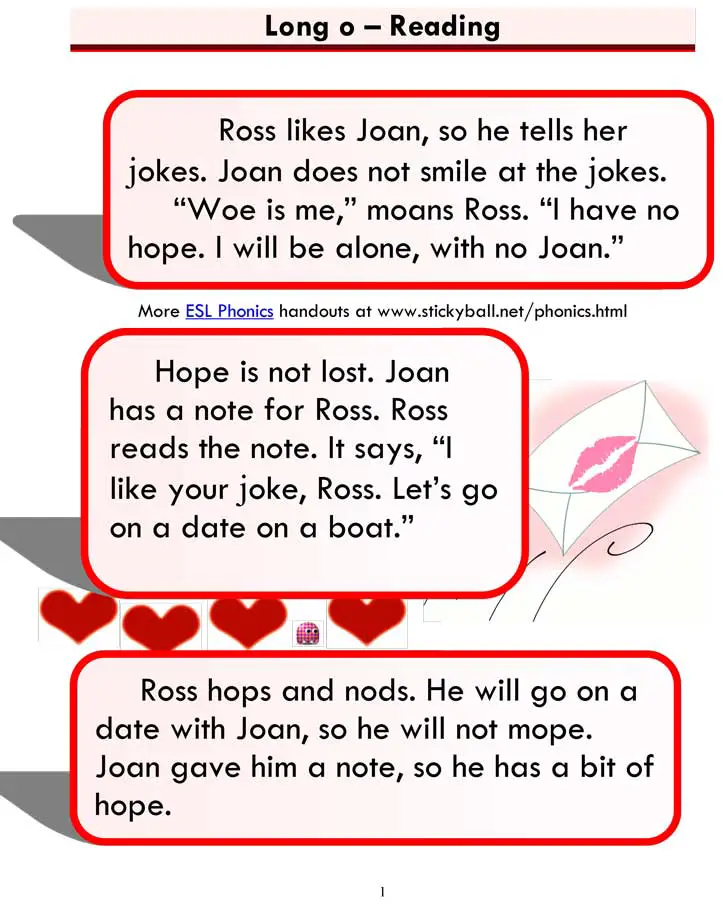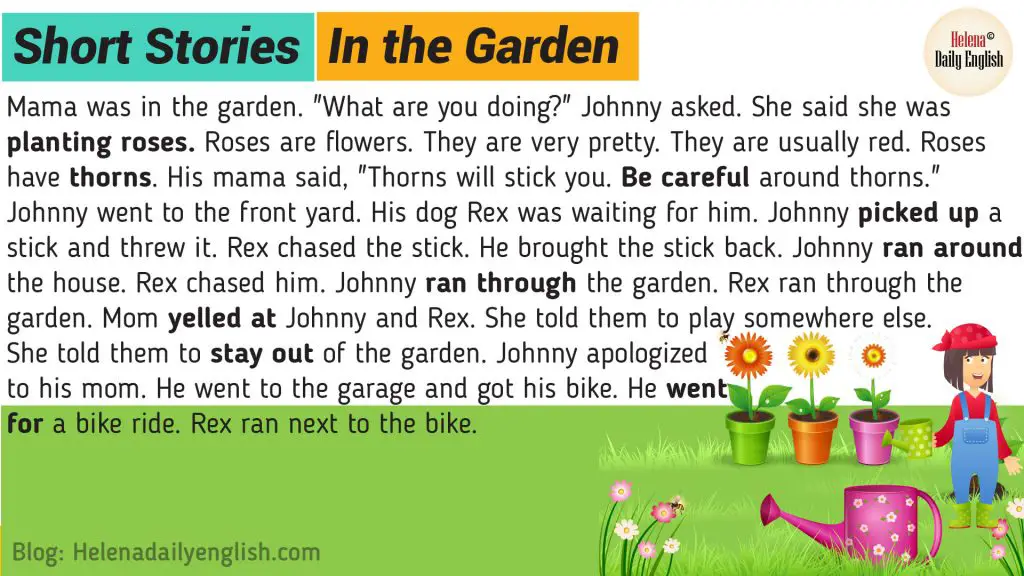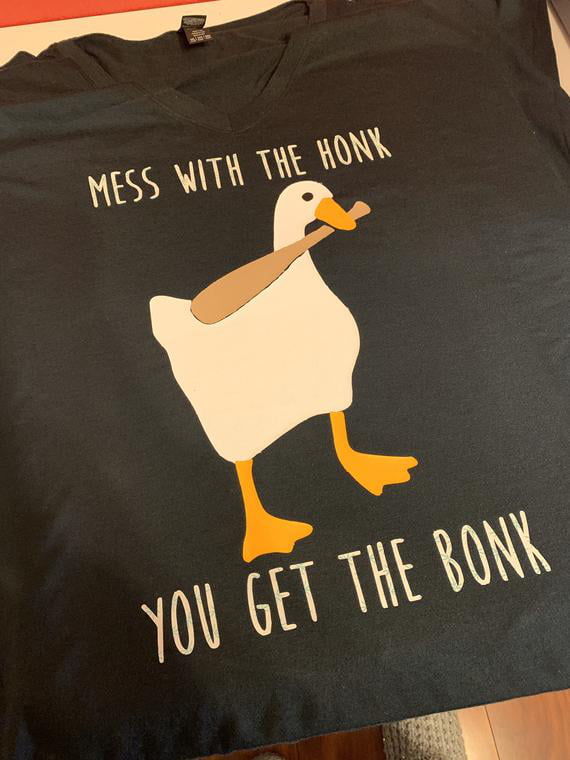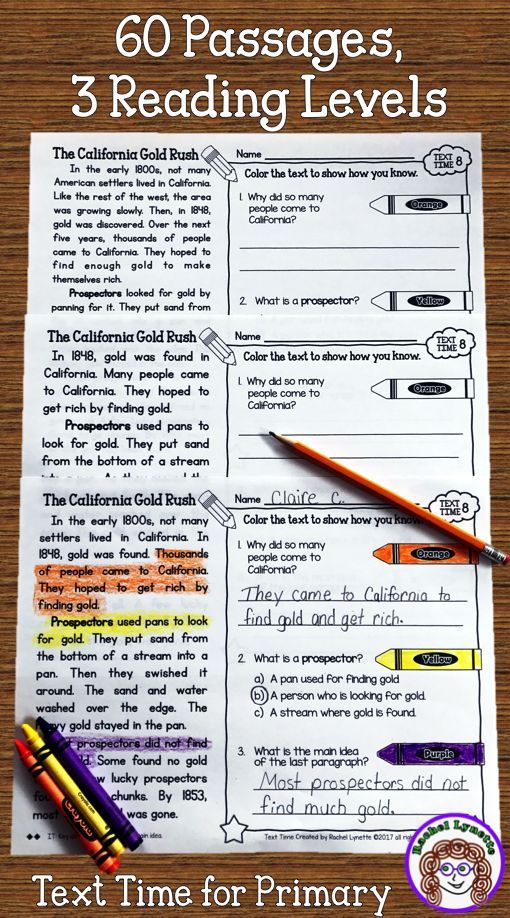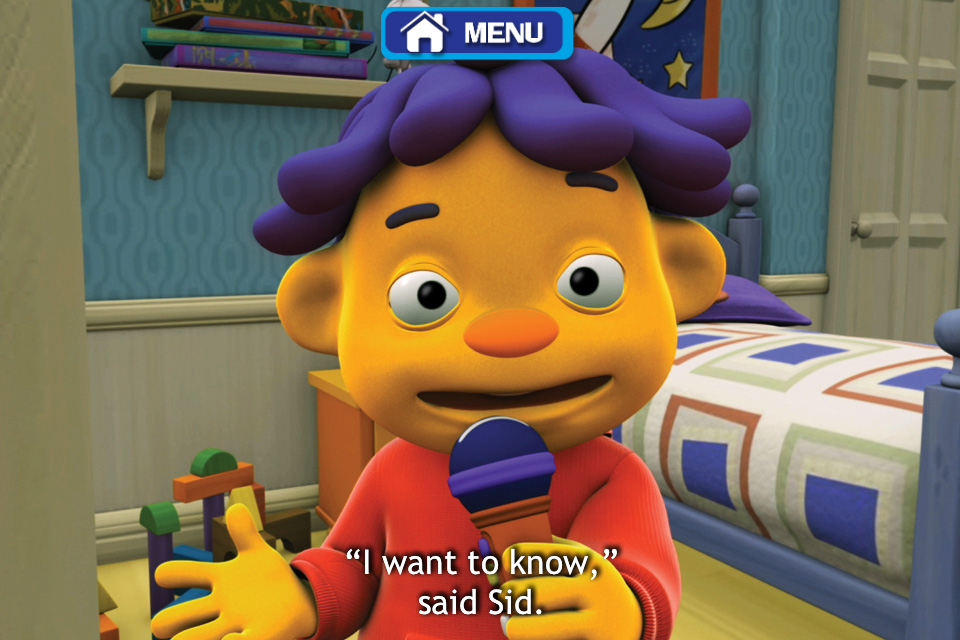Help with reading for children
3 Reading aids for kids who are struggling
Reading is a crucial skill for children to master. Not only does it ensure success at school when classroom learning moves from learning to read to reading to learn, but it’s also critical for career success later on in life.
It is through reading that children acquire most of their vocabulary. It’s also an opportunity for parents and teachers to expand a child’s view of the world. Non-fiction introduces them to new subjects and fiction develops social-reasoning skills and empathy.
How a child develops literacy skills depends on a number of factors, including the individual, their early exposure to written text, the frequency with which they read, their vocabulary size, and the presence or lack of certain learning difficulties which can affect language processing – for example dyslexia is one of the main causes of reading difficulties.
What we know is that some kids struggle with reading long after their peers have mastered the skill. In fact, a 2015 Report from the UK Department of Education suggests that 1 in 5 children in England are reading at below grade-level (1). So what can parents do to help?
3 Ways to help with reading
Just because a child is behind his or her peers, it does not necessarily mean they won’t catch up. There are many kinds of support parents can provide to help the process along.
- Support can come in the form of purposely chosen reading materials which make understanding a text easier. For example, graded readers are books with a lower range of vocabulary and glossed word-banks that provide definitions.
- A child may need an alternative approach to learning to read -- some children benefit from phonics driven exercises which strengthen their knowledge of sound-letter correspondence in English. This is especially true for kids who have dyslexia. Others find multi-sensory learning helps.
- Being exposed to high-frequency vocabulary and learning to sight read these words through regular drills can speed up processing and boost comprehension for struggling readers.

What makes reading hard
Processing written text can take a long time and be a halting and frustrating experience or it can be relatively quick and feel effortless. In order to provide the right support, teachers and parents first need to pinpoint the source of the difficulty.
Problems with decoding
To read a word, children need to have knowledge of letterforms. When a child has a visual processing difficulty, just recognizing letter symbols and registering the order in which they appear can be problematic.
Readers need to pair letters and letter combinations with the correct sound(s) – which is not always straightforward in English due to irregular spelling. Non-native-speaker kids may find English spelling particularly challenging – learn more in how to help EAL pupils.
Any difficulties splitting words into their component sounds can greatly complicate decoding – as is often the case for individuals who struggle with phonological dyslexia.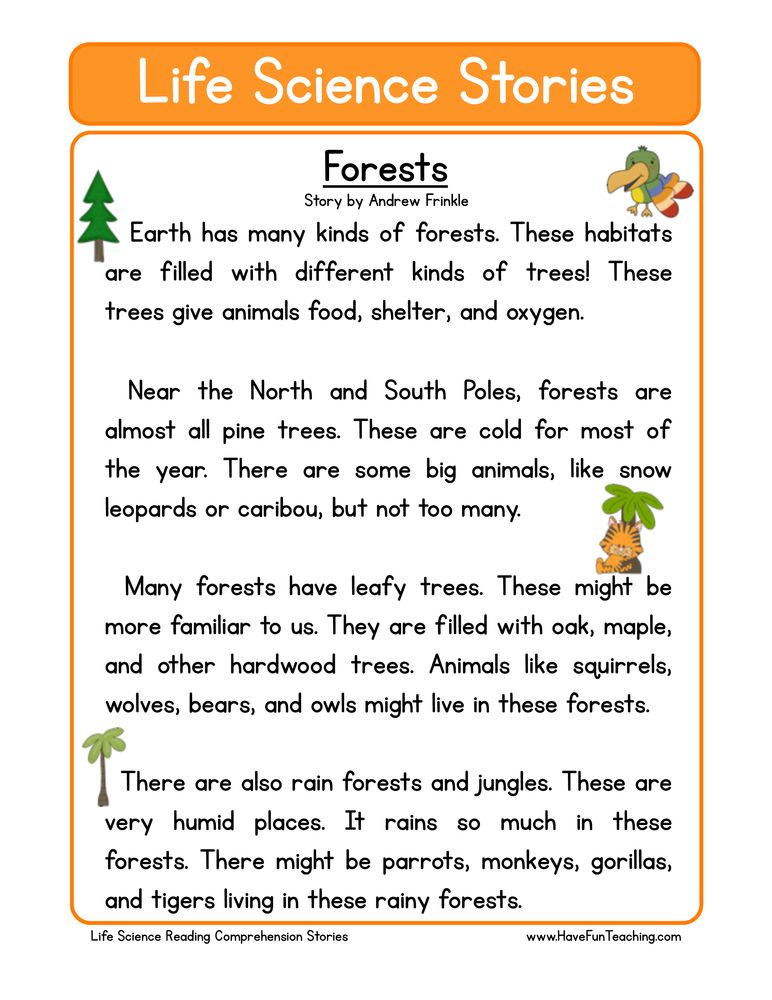 It can also be harder to decode words when a child has a more limited vocabulary and is meeting the word for the first time (2).
It can also be harder to decode words when a child has a more limited vocabulary and is meeting the word for the first time (2).
Sight reading difficulty
Early readers rely primarily on decoding, but more fluent readers recognize words instantaneously. This is especially true of high-frequency words which they are exposed to often (3).
Automatically registering word-meaning frees up attention and makes reading faster and more efficient.
Parents may note a child who is struggling with sight reading often takes longer and is more tired going through a text. It’s harder for them to make sense of complicated meaning as they and have little processing power left-over to deal with higher-order reasoning.
Trouble with comprehension
To understand what they are reading, a child first needs to be familiar with most of the words in a text.
When a learner has a more limited spoken vocabulary or decodes words incorrectly, as in dyslexia, it can cause problems with comprehension because it means there will effectively be more blanks in every sentence.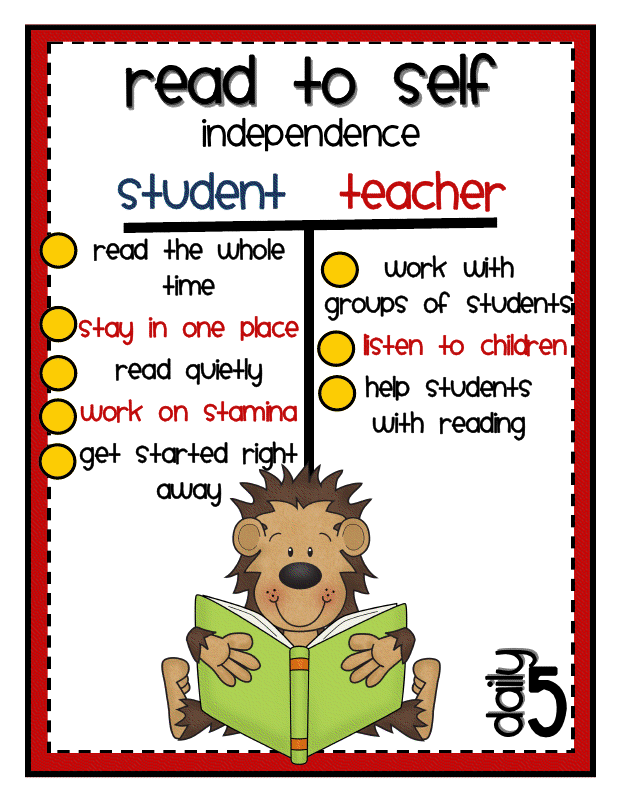
Some children frequently lose their place on a page and/or have difficulty concentrating for long amounts of time. This can impact on comprehension and cause them to misread certain bits or miss important referents. Learn more about ADHD related reading difficulties.
Problems with working memory can mean some kids need to re-read a paragraph several times in order to understand it. You might see this in a child with slow-processing or in readers who have dyslexia. This can be demotivating and cause an individual to consider reading a tedious activity.
Top tips and strategies for helping a child to read
-
Make use of graded readers. Parents can go out of their way to choose a particular type of reading material. Graded readers are written with a more limited range of vocabulary and often include a large percentage of high-frequency words. They encourage sight reading and are read faster, which boosts confidence in new readers.
-
Teach vocabulary.
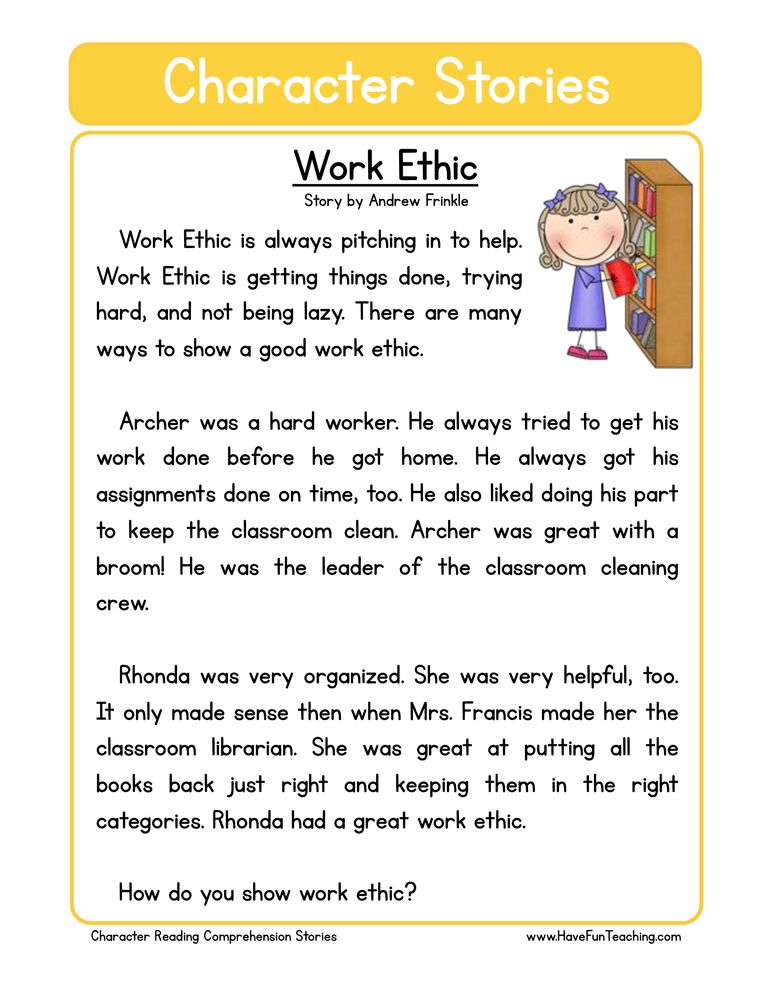 Certain texts will provide glossed vocabulary lists. If parents teach the words a child will read both before, during and after text presentation, comprehension is facilitated because it ensures there will be less ‘blanks’ in every sentence. Re-reading is also a great way to help these words ‘stick’ and transfer from short to long-term memory due to repeat exposure.
Certain texts will provide glossed vocabulary lists. If parents teach the words a child will read both before, during and after text presentation, comprehension is facilitated because it ensures there will be less ‘blanks’ in every sentence. Re-reading is also a great way to help these words ‘stick’ and transfer from short to long-term memory due to repeat exposure. -
Run pre-reading activities. A good pre-reading activity will activate a child’s prior knowledge of a topic and present key vocabulary, which primes them for reading and ensures they will take more away from the text. If parents can come up with something that relates the reading back to a child’s personal life and experiences, even better!
-
Provide phonics support. English is a notoriously difficult language to read given the lack of one to one correspondence in letters and sounds and the number of different ways a sound can be written. Introducing a program that teaches English phonics can help kids improve their decoding skills, which in turn positively impacts on reading fluency and comprehension.
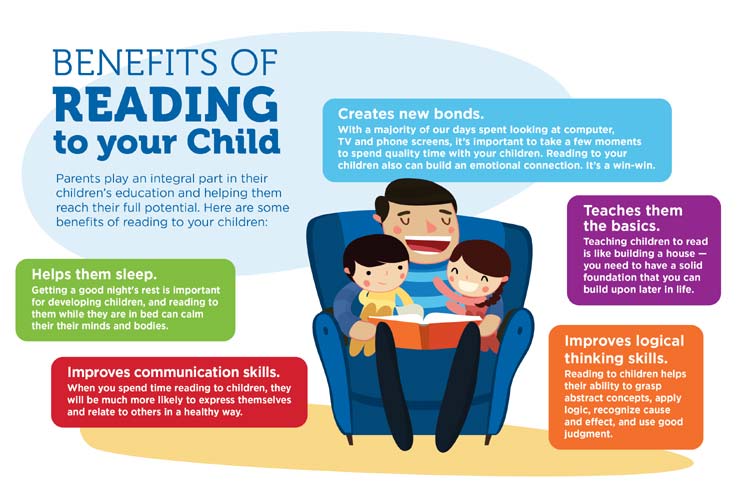
TOP TIP: Parents have the option to choose between a program that teaches phonics knowledge explicitly (which can be tedious) or one that builds an intuitive sense of phonics through carefully sequenced. Learn more about how Touch-type Read and Spell can help children with phonics.
-
Implement sensory-based accommodations. Have new readers use a ruler that they physically move down the page to help them keep their place. Parents may also encourage kids to use their finger to follow along, or tap out the rhythm of the words as they read aloud. Technology can create opportunities for multi-modal reading too. For example, you may have them listen to a text being spoken and read along at the same time or type out the words as they are read.
-
Teach typing. Typing may not seem like a skill linked with reading but it if it’s done in a multi-sensory way, it can help to reinforce word knowledge and enhance frequency of exposure.
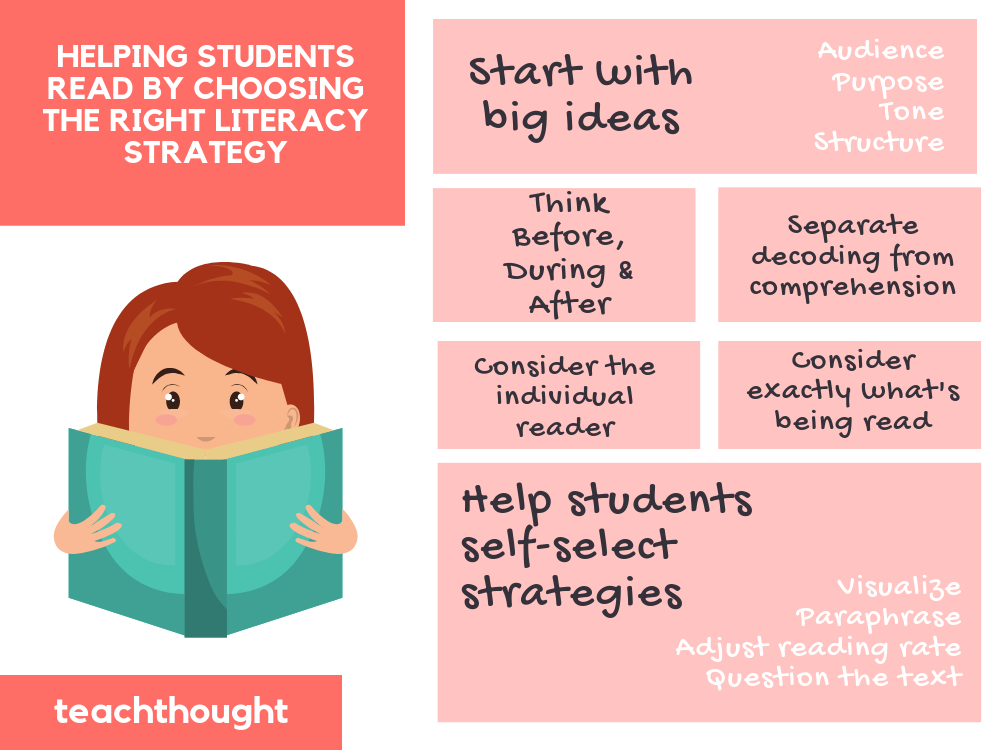 TOP TIP: TTRS is a literacy-based typing program designed to enhance decoding and sight reading skills. The lessons focus on whole words and word parts. In typing drills, words are shown on screen and read aloud as the child types. This can help a struggling reader feel and be more successful.
TOP TIP: TTRS is a literacy-based typing program designed to enhance decoding and sight reading skills. The lessons focus on whole words and word parts. In typing drills, words are shown on screen and read aloud as the child types. This can help a struggling reader feel and be more successful. Learn more
-
Use wrap up activities. Consolidate learning with wrap up activities that go over the main themes in a text and help children identify gist, specific details and any referents that support inferencing. These are concepts often targeted by standardized tests, so the sooner kids learn to recognize them, the better.
When learning difficulties are present
Not all children learn to read at the same rate, but sometimes reading ability may be severely affected if the right strategy training and classroom adjustments are not put in place early on.
If you think your child might be struggling with a learning difficulty or difference that affects reading skills, including dyslexia, you may consider getting them tested.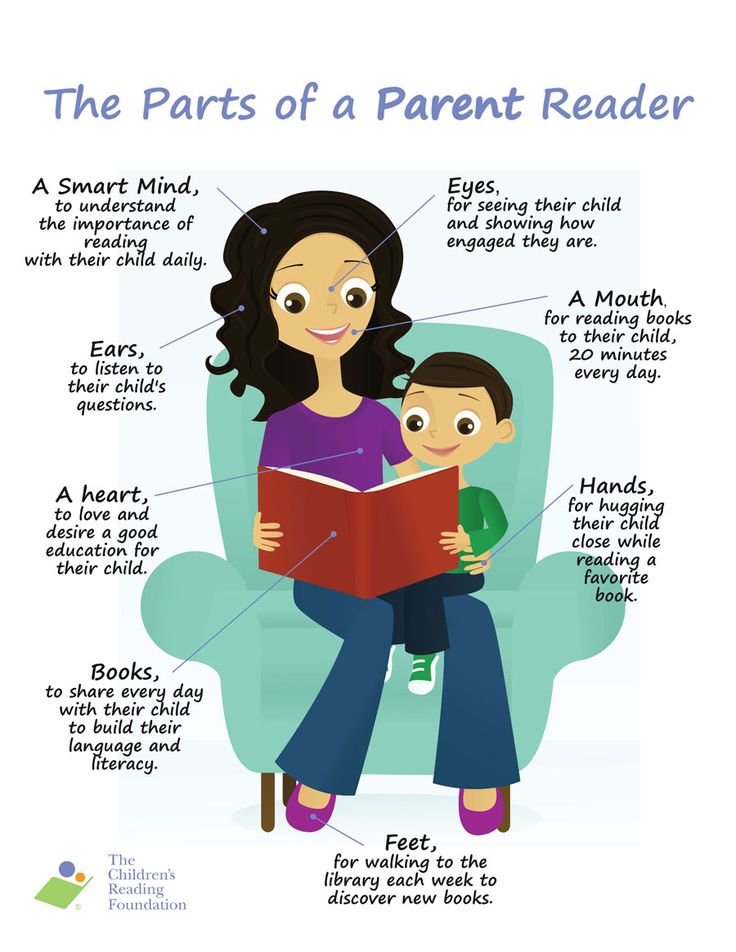 Learn more about recognizing the signs of dyslexia in children.
Learn more about recognizing the signs of dyslexia in children.
Reluctant readers
Not all children who need help with reading are experiencing learning difficulties. Is your child a reluctant reader?
Sometimes motivational factors can get in the way. It may be that a child is too busy with other activities, such as sports or music, or hasn’t read many books that appeal to them.
One of the best ways to encourage a reluctant reader is to be a reading role model yourself. Make reading a regular activity you do together with your child and create a special distraction-free space where you can both go to read undisturbed.
Look for reading material your child will like. You might try books that cover their hobbies or top interests. Remember, chapter books are helpful but reading can also be practiced with magazines, newspapers and comics, or even catalogues of tempting items for retail sale.
Make books available by leaving inviting titles around the house.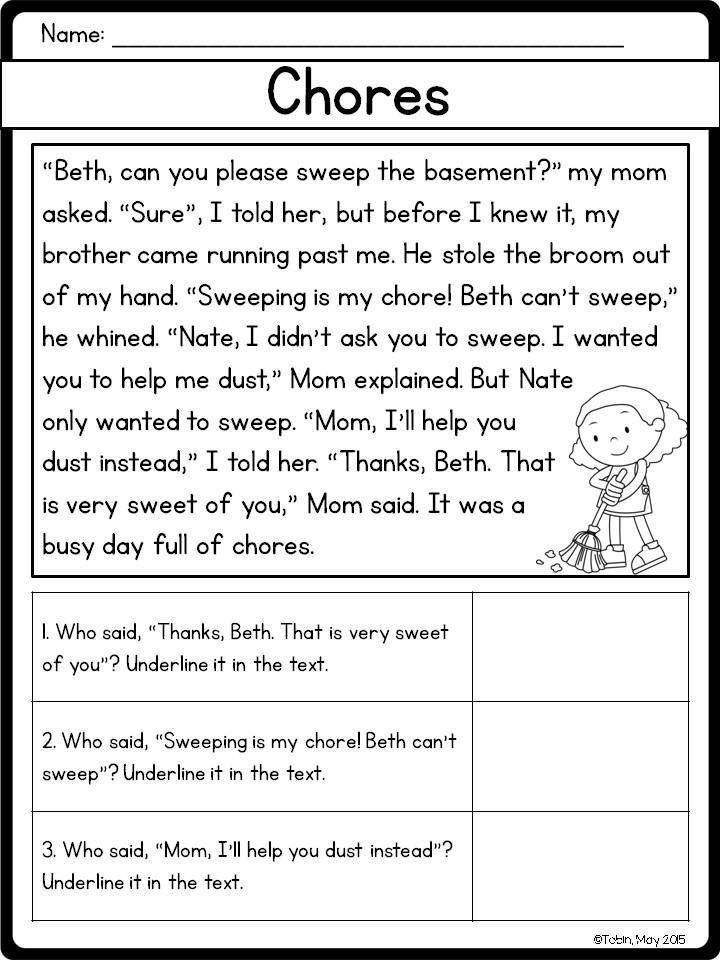 Learn more about reluctant readers and discover some top strategies for motivating children to read.
Learn more about reluctant readers and discover some top strategies for motivating children to read.
What have you found that has helped your kids develop their reading skills?
We want to hear from you. Tell us about any reading aids you’ve used by leaving a comment in the box below.
References
1) Department of Education (2015). Reading: the next steps. Supporting higher standards in schools. United Kingdom: UK Government.
2) National Reading Panel (2000). Teaching children to read: An evidence-based assessment of the scientific literature on reading and its implications for reading instruction. Washington, DC: US Government.
3) Ehri, L. C. (2005). Development of sight word reading: phases and findings. In M. J. Snowling & C. Hulme (Eds.), Blackwell handbooks of developmental psychology. The science of reading: A handbook, 135-154, Blackwell Publishing: Malden.
Finding Help | Reading Rockets
Children with reading difficulties benefit from the same thing all children benefit from — excellent reading instruction tailored to their needs.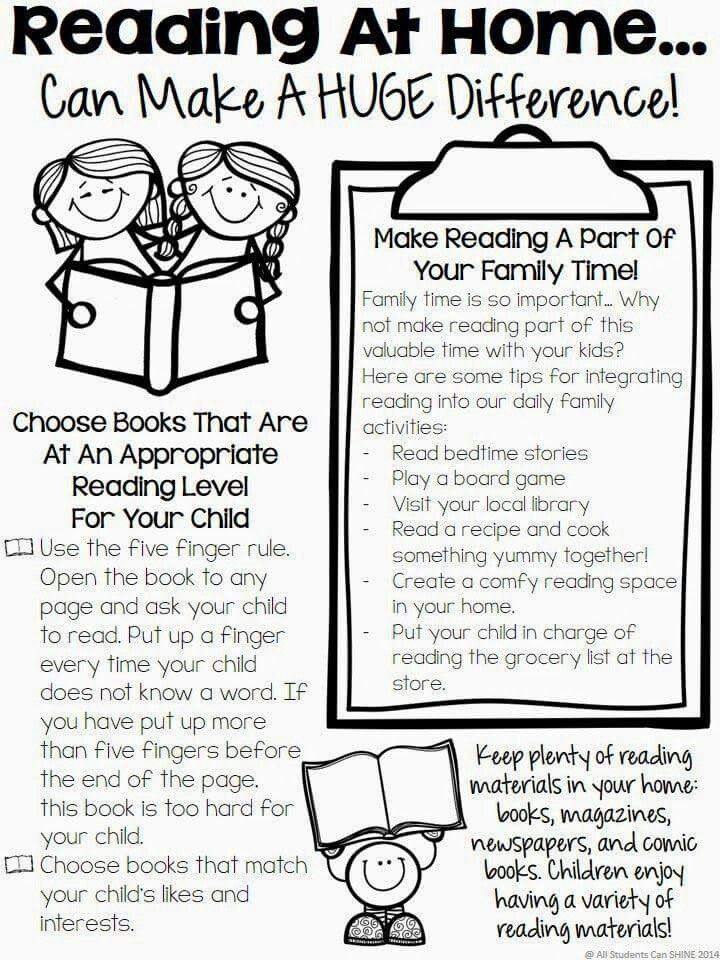 But sometimes kids who struggle need more.
But sometimes kids who struggle need more.
Several people may be able to provide your child with extra help:
- Classroom teachers
Your child's teacher may be able to provide more intensive instruction
- School specialists
Specialists at your school — such as the reading specialist, speech/language pathologist, or special education teacher — may be able to provide extra assistance
- Tutors
The school, another organization, or private tutors may be able to provide your child practice with reading or more intensive help
- Professionals in private practice
Educational psychologists and other professionals in private practice may be able to provide an assessment, diagnosis, and/or a plan for helping your child
- Reading clinics
University and private reading clinics may be able to provide an assessment, diagnosis, and/or a plan for helping your child
Help from private tutors and others outside of the school may be very effective but also quite expensive.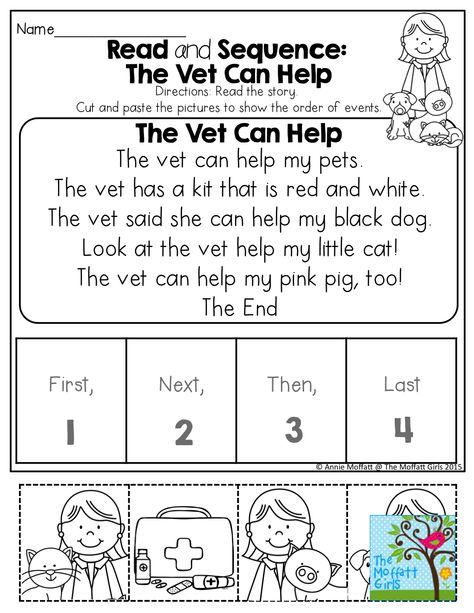 Some public school services, which are free, are only provided if a child is diagnosed with a learning disability, the most common of which is difficulty with language and reading.
Some public school services, which are free, are only provided if a child is diagnosed with a learning disability, the most common of which is difficulty with language and reading.
If you suspect your child may have a learning disability (or ADHD), the best place to begin seeking help is your child's school. Public schools have professionals trained to make a diagnosis. They do not charge a fee for these services.
If you disagree with the school's diagnosis, you have the right to ask for further testing or to seek a diagnosis from a professional in private practice. Similarly, if the school does not think it necessary to assess your child, you may want to seek a diagnosis from a professional in private practice.
Remember, in order to qualify for special education services or accommodations, your child must have a diagnosis that clearly shows he or she has a learning disability that meets the criteria defined by law. In general, federal law says that a person is eligible for accommodations when a documented disability significantly interferes with a major life activity such as learning.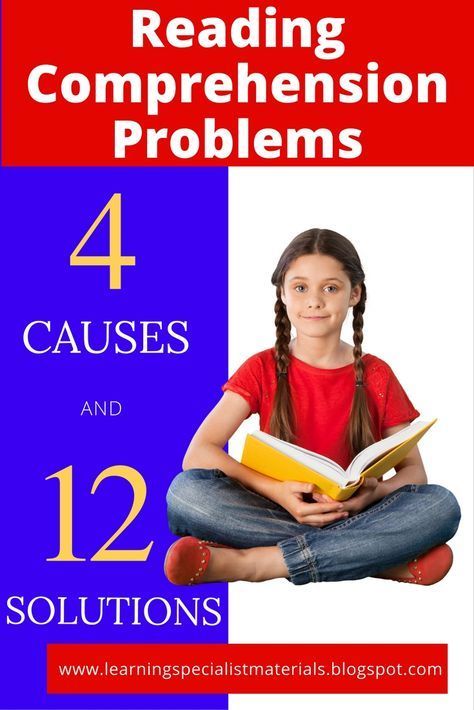 Most states use criteria related to the discrepancy between a child's ability and achievement. Federal laws also set clear guidelines on what special education accommodations must be provided.
Most states use criteria related to the discrepancy between a child's ability and achievement. Federal laws also set clear guidelines on what special education accommodations must be provided.
The bottom line is that it's important to know upfront what services are available from the school and how a child's eligibility for those services is determined.
Tutoring
Sometimes kids just need an extra dose of reading help. Many schools provide tutoring support that includes one-on-one reading instruction. To make sure that your school has a high quality tutoring program, ask these questions:
- How are the tutors trained?
It's important that the tutors understand the goals and purposes of the lesson.
- What is the structure of the tutoring session?
Good tutoring programs use a lesson plan that is based in the best reading research.
- How frequently will my child receive tutoring?
Students should be tutored at least twice a week, for 45 to 60 minutes each time.
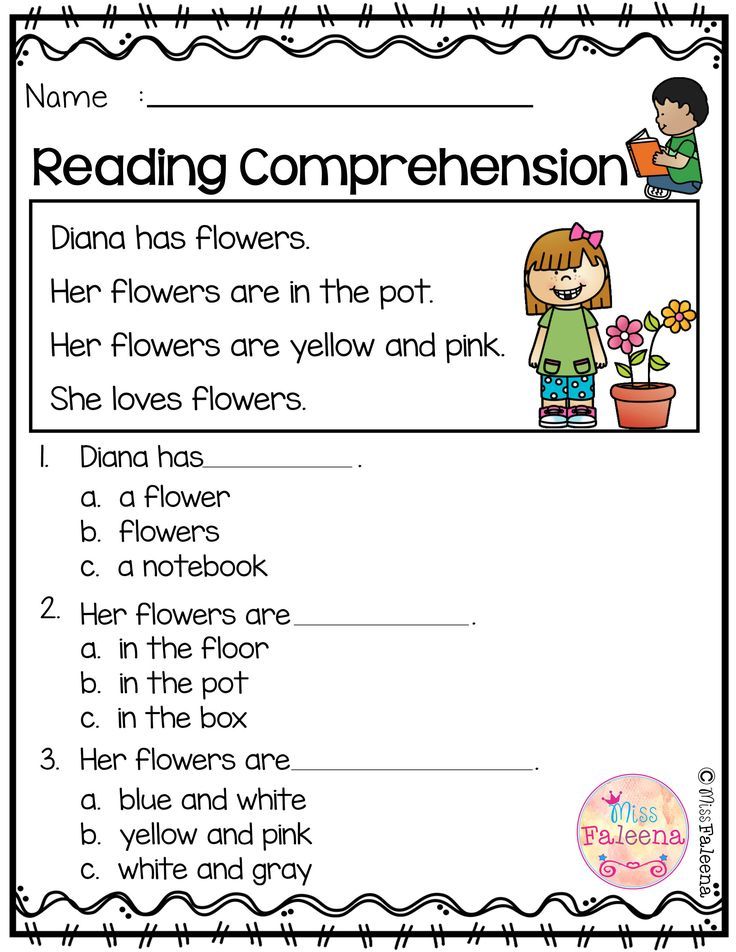 Some students will need more.
Some students will need more. - Are the students assessed regularly to determine progress?
A reading specialist should supervise the assessment program.
- What types of materials are used during the tutoring sessions?
Students should be carefully guided through books that are written at their reading level.
- Does the content of the tutoring session support my child's classroom instruction?
It should.
- Does the content address my child's specific needs?
If your child sounds out words well but struggles with vocabulary, the tutor should spend more time on word meanings than phonics.
Special education
Even with good classroom teaching and extra help, its possible that your child may continue to struggle with reading. Special education may be the answer — and it's required by law for students who are identified as having a learning disability.
The special education process includes these steps:
- Referral
You or your child's teacher suspects a problem and requests an evaluation by the school.
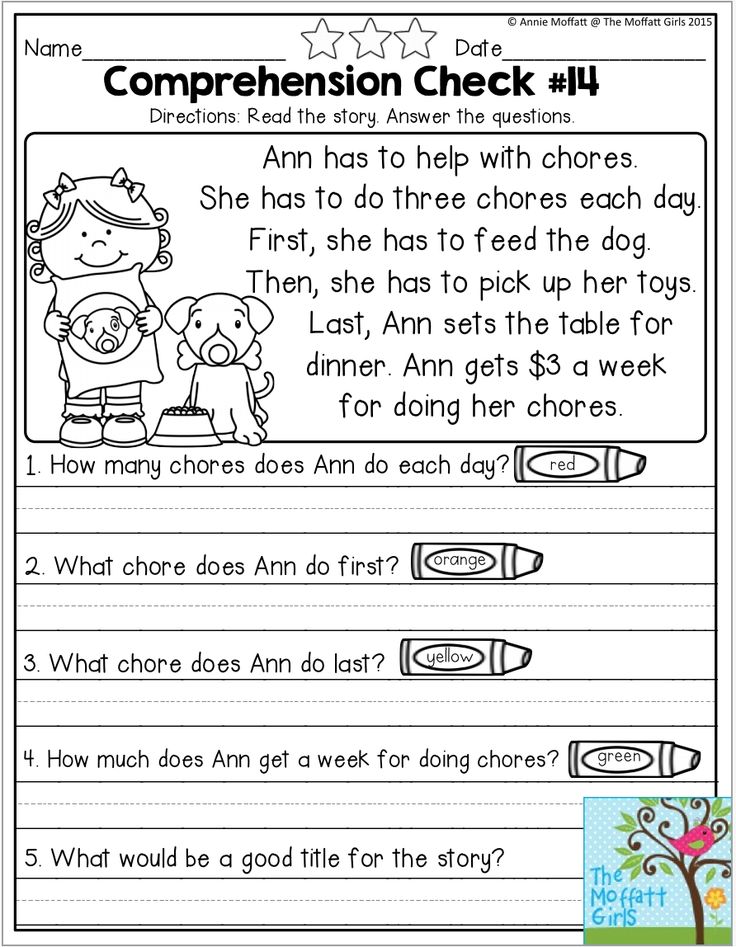
- Evaluation
With input from you and your child's teacher, a team of school professionals completes a full evaluation of your child. This same team — which may include a school psychologist, a speech-language pathologist, and a reading specialist — reviews the results to determine whether your child is eligible to receive special education services.
- Eligibility
If your child is eligible, you and the school team develop your child's Individualized Education Plan (IEP), as required by law. Annually, or more often, you and the school review the IEP and its impact on your child's progress.
If your child is ineligible, continue to push the school for help. If your child is not eligible but still struggles with reading, the school must figure out what will work for your child. You can also turn to private testing.
Top Articles
Especially for Parents
Research Briefs
Featured Video: Finding Help
See also
15 ways to get your child excited about reading
At what age should a child start reading? How not to turn reading into a tedious task, but, on the contrary, to show that a good book is a source of real pleasure? This is an excerpt from the best-selling journalist Jason Boog "Born to Read: How to make a child friends with a book" ("Alpina. Children").
1. Read together . Together with your child, get acquainted with a book, computer application, electronic or audio book - any carrier of a literary text. Scientists call such activities joint play activities. A child should not spend too much time alone fussing with a digital device. You should definitely play and read together every day.
How to start communication : « Shall we read together? Show me how to cook something with this app" .
2. Ask as many questions as possible. Questions are the basis of interactive reading, and even a child who has not yet learned to speak can ask them. Don't forget to ask your child questions before, during and after reading.
How to start communication: « Where did the rabbit go? What color is this flower?
3. Discuss the details of the book. Show the illustrations you like best, name the colors, animals, people and feelings of the characters on each page. At first, the child will not be able to join you, but as they grow older, they will learn from you to turn reading into an interactive process.
How to start communication : « This car is red. Do you see anything else red? Do you want to count the animals?
4. Act out the story in faces . Imitate the sounds of sweeping when you see a broom in the picture, or pretend that you want to eat the food drawn.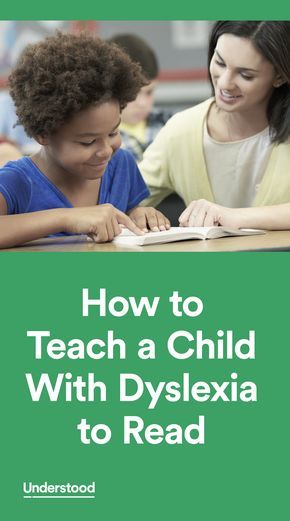 This will help your child make connections between concepts and words, which is the cornerstone of interactive reading.
This will help your child make connections between concepts and words, which is the cornerstone of interactive reading.
How to start communication: « Then the caterpillar ate one ... And then she saw someone - who?"
5. Help your child identify with the characters in the book. Start by discussing simple emotions. With age, this ability of the child will improve, and you will be able to ask more complex questions.
How to start communication: « The squirrel wants to sleep - stroke her on the head. Have you ever experienced as much as this baby?"
6. Praise your child while reading. Reward his simplest responses, give him a hug when you finish reading, and praise him for choosing good books or computer applications.
How to start communication: « I am so glad that you chose this book.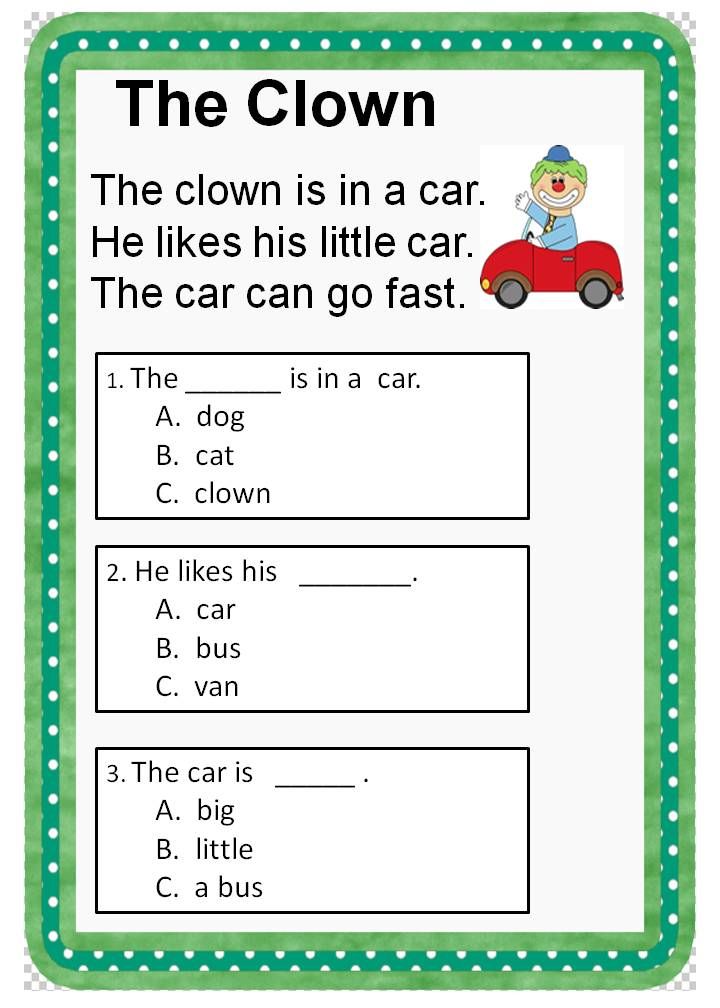 How well did you navigate the iPad!”
How well did you navigate the iPad!”
7. Share your opinion about the book. If the child liked the story, ask why. If he fidgets while reading an e-book, ask why. All this will make your reading together more fun.
How to start communication: « Did you enjoy reading this book? Why do you want us to read it again?"
8. Read to your child about things he loves. If your child liked the panda story, ask the library for other books about this animal. Read your child's favorite books, use computer applications, videos, and online resources to help your child learn more about a subject that interests them.
How to start a conversation: « Want to read more about the panda bear? Let's ask the librarian to give us books about pandas" .
9. Stop reading to discuss what you read. Adults are constantly in a hurry to get to the end of a book or appendix in order to finish this business as soon as possible, but stopping for discussion is absolutely necessary so that the child understands what is read well and comprehensively.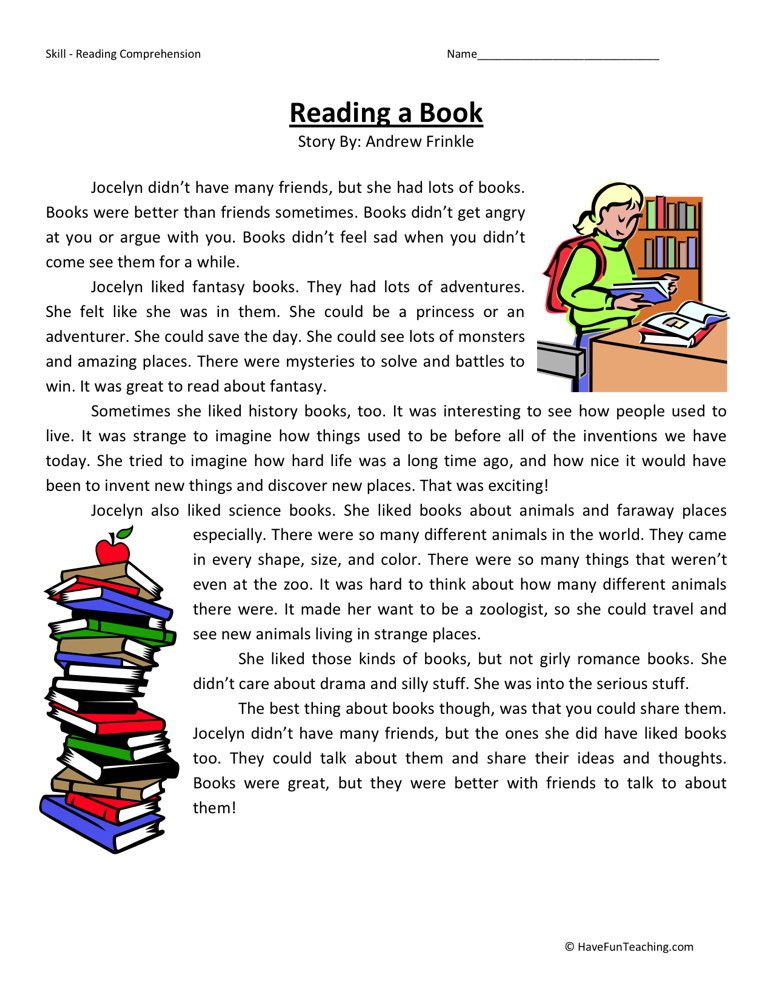
How to start communication: « Would you like to pause and take a good look at this mountain? Maybe we should stop and talk about what happened in the book?”
10. Make guesses about the further development of the plot. Such questions give the child the feeling that you yourself are telling him a story and deepen his understanding of what he has read. Children's books are ideal material for this, as they have simple plots with funny twists. Questions of this kind can be the beginning of a detailed discussion, and the habit of asking them lasts a lifetime. I still have fun with this game when I watch movies.
How to start communication: « Who do you think will win the races? What do you think is hidden in the box?”
11. Maintain a dialogue. When you have finished reading or listening to the book supplement, continue discussing the story.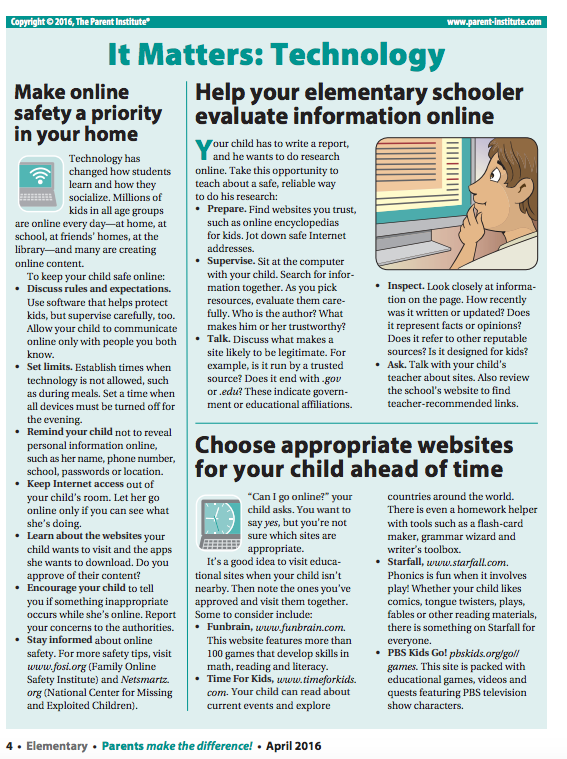 Look for parallels in real life and don't stop asking questions.
Look for parallels in real life and don't stop asking questions.
How to start communication: « What if we now look at pictures of porcupines? Do you remember what an accordion is? «
12. Expand your child's knowledge. Scientists call this technique "developmental education", and to use it, sometimes it is enough just to read to a child. After all, he still doesn't know how to read! As often as possible, choose books to read on topics that are new to the baby.
How to start a conversation: « Do you know why this car won't start? Do you want me to tell you how she made the soup?”
13. Show your child the world outside of his immediate « environment « . Growing up in rural Michigan, this has become a life necessity. Before I saw France, New York, Guatemala or the Pacific Ocean with my own eyes, all these wonders were revealed to me on the pages of books.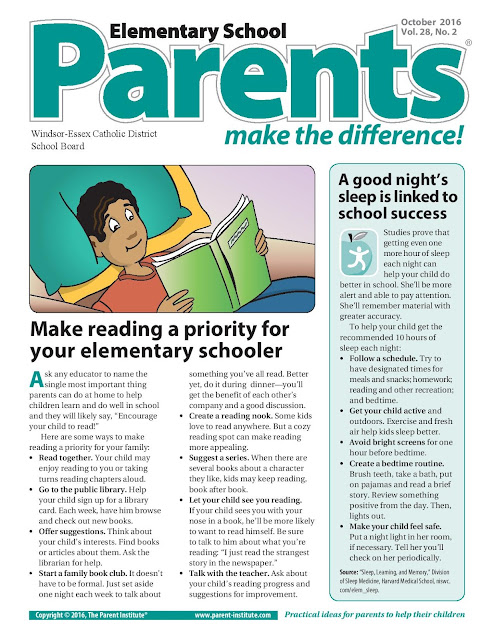 Remember to choose books to read about a wide variety of places, cultures, and events, and if your child particularly enjoys something, maintain and deepen their interest.
Remember to choose books to read about a wide variety of places, cultures, and events, and if your child particularly enjoys something, maintain and deepen their interest.
How to start communication: « Do you want to know what Antarctica is? Show you on a map where France is?
14. Match the plot to the real experience . Help your child to draw an analogy between the events of the book and what interests him greatly in real life. This is how people gain an understanding of the world in which they live. The ability to relate the content of a book or computer application to reality is crucial.
How to start a conversation: « Did you see this animal at the zoo? Were you terribly upset when we left the park too?”
15. Encourage your child to retell favorite stories . I love it when Olive retells her favorite books to me over breakfast. There's no better way to enhance the impact of what you've read and develop your child's storytelling skills!
There's no better way to enhance the impact of what you've read and develop your child's storytelling skills!
How to start a conversation : « Can you read this book to your little bear? What happened when Baby Elephant dropped his ice cream?
Interesting read! Jason Boog: Born to Read: How to Befriend a Child with a Book
Did you know that when a child is regularly read aloud - not monotonously and boringly, for show, but by acting out skits and asking interesting questions about the plot - this helps to increase the child's IQ? The author of the book studied a huge amount of research, collected the opinions of child development experts, systematized them and talked about his experience: how he himself read to his daughter Olive and what interactive reading techniques he used to interest and inspire her. His advice will surely come in handy for many parents!
See also:
Why is reading comics so good for children?
Why is it so important to read aloud to a child
My child has dyslexia.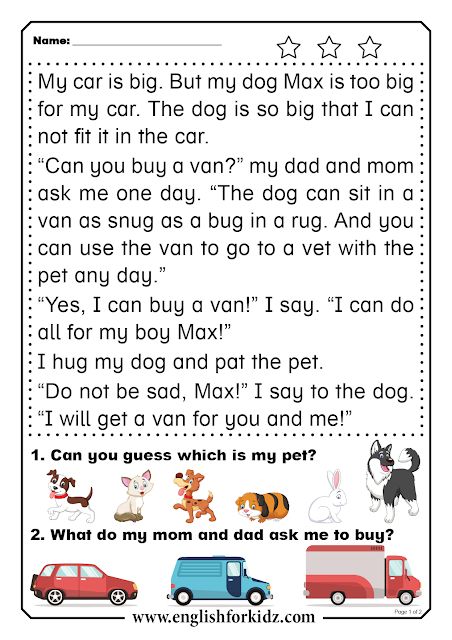 Will he be a doppelgänger?
Will he be a doppelgänger?
Photo: FamVeld, didesign021, Africa Studio/Shutterstock.com
developmentpsychology
Read to children
03/27/2019
Read to children
Reading to children is a great way not only to spend time together, but also to lay the foundation for success in school and in adulthood. Scientists believe that daily reading can be equated to an additional year of intellectual development of the child.
When you read, children learn how books can be useful and fun. They listen to the story and get to know a lot of new words that they don't come across in everyday situations. The vocabulary of children who are accustomed to reading is always larger than their peers who do not like books. Beautiful illustrations are also an additional way to learn more about the world around.
Books are not only useful in terms of learning something new, they are also able to give an idea of new and difficult events in a child's life: the first day of school, going to the dentist, a quarrel with friends.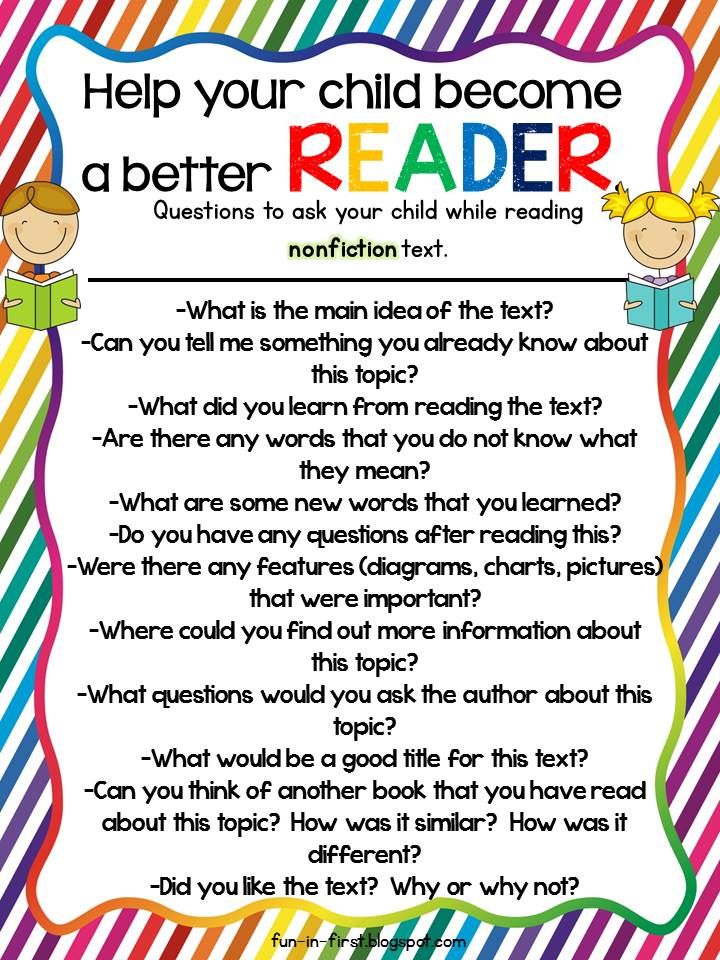 Reading provides an opportunity to experience what is happening with the characters in a safe environment, as well as discuss the feelings and thoughts of the child in such a situation.
Reading provides an opportunity to experience what is happening with the characters in a safe environment, as well as discuss the feelings and thoughts of the child in such a situation.
Focus on reading
Many people find that the best time to read is before bed, when the kids are already in bed. However, if the child is constantly distracted during such reading, or if you yourself feel increased fatigue, try rescheduling this activity to an earlier hour.
Whatever time you choose, it is important that the book is the center of attention for you and your child. It is necessary to turn off phones or other gadgets that can distract you with unnecessary reminders and notifications. The chosen place is also important: both of you should be comfortable in it. So reading will be associated with something pleasant.
It is best if you read to your child every day. The more often you practice this pastime, the more positive its impact will be.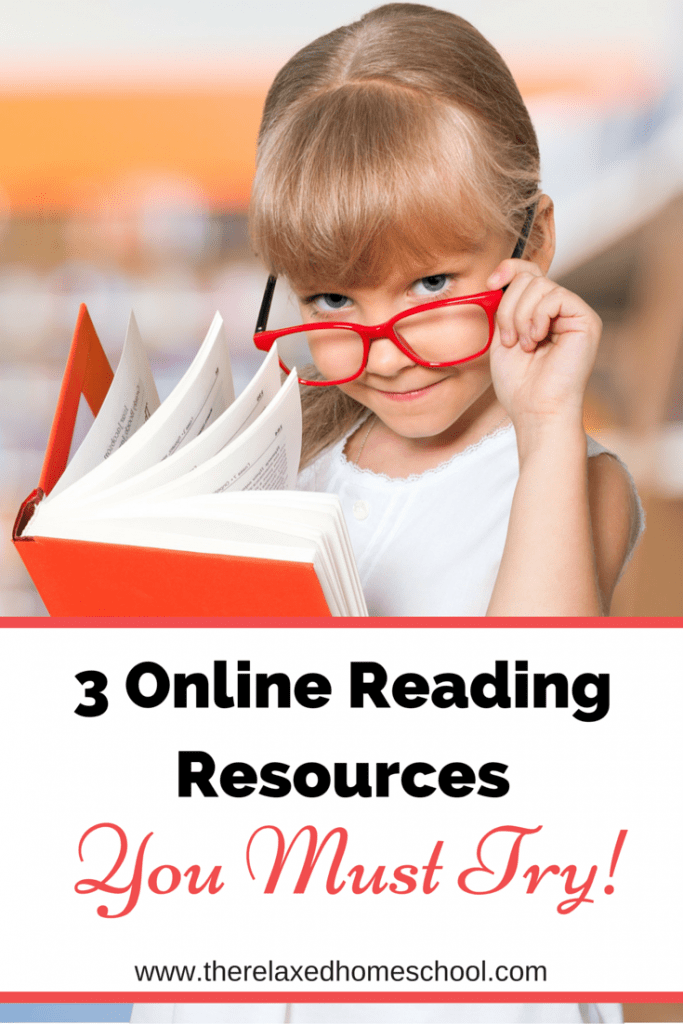
.
You can ask about what you read at the end of a chapter or story, or the next day, when you pick up a book you have already started, ask: “Where did we stop?” Such a natural question will refresh the events in the head, stimulate the ability to memorize and return to the memorized information.
You can also try to predict the future by asking the child to give options for the development of events: “What do you think will happen next?” Children begin to build semantic chains and analyze the behavior of the characters based on the events known to them before. When they talk about events in the imaginary world of the book, it develops their ability to think critically.
No age limit
You can start reading books from infancy. This helps to develop language skills, even if at this stage the child does not yet understand what is being said. Through books, children get acquainted with the phonetic system of the language, with sounds and intonations.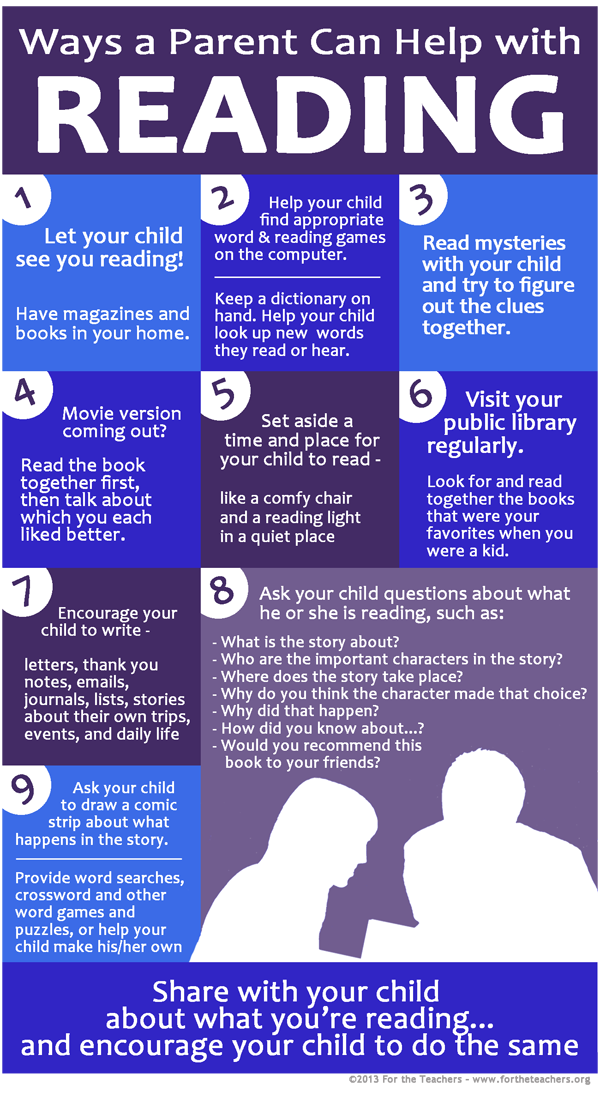 Later, they begin to distinguish individual words and put them into sentences.
Later, they begin to distinguish individual words and put them into sentences.
In the first years of a child's life, reading is an important element for the development of the child. It builds the foundation for literacy and stimulates cognitive skills.
As for the upper limit of the age of reading, it simply does not exist. You can also read to older children, in the flesh until the moment when it is interesting to the child.
Choosing a book
It's best if you choose a book that will captivate both you and your child. Try to introduce children to things that you are really interested in. Or choose an area in which you yourself do not understand, but which you would like to learn more about. Of course, the book should be written in a language accessible to the child, but this does not mean that it cannot be interesting for adults as well.
Do not be afraid of thick books with long stories. They are usually divided into separate chapters, which allows you to interrupt at the right moment. Usually this kind of books become interesting from preschool age. However, the appropriate age for reading chapter by chapter depends on the child himself, and how ready he is to hold attention and store in memory the events of past chapters.
Usually this kind of books become interesting from preschool age. However, the appropriate age for reading chapter by chapter depends on the child himself, and how ready he is to hold attention and store in memory the events of past chapters.
The Art of the Voice
Don't worry if you don't have outstanding acting skills. Reading with expression and different voices is great, but not all people are capable of it. Remember that it is important for a child who reads to him, and if you yourself are passionate about the process and are not distracted from the book by some other activities, he will definitely appreciate and remember it.
Traveling to the world of books with a child is something he will remember as something pleasant that he did with his parents. This is an opportunity to make the connection between you deeper and more meaningful.
About a quarter of today's children say that their parents never read aloud to them.